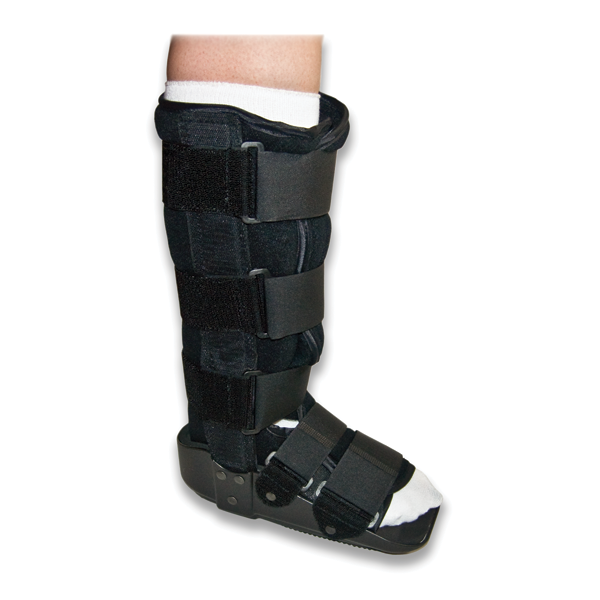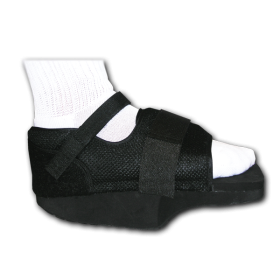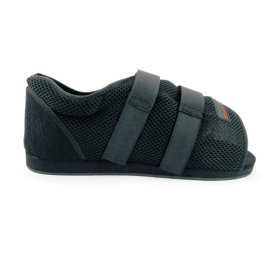Bodytonix Classic Walker Long Version | Universal Left or Right
Reclaim your independence and mobility with the revolutionary Bodytonix Classic Walker.
Introduction:
Designed for maximum comfort and support, the Bodytonix Classic Walker features a universal left or right configuration and a fixed range of motion control.
Product Description
Bodytonix Classic Walker Long Version
The Bodytonix Classic Walker is a must-have for anyone recovering from an ankle injury or undergoing post-operative rehabilitation. This robust and versatile device offers unparalleled support, stability, and control to facilitate a swift and successful recovery.
Featuring a universal left or right design, the Bodytonix Classic Walker can be easily adapted to suit your individual needs. The fixed range of motion control allows for precise adjustment, ensuring your ankle is properly immobilized and protected during the healing process. Whether you're dealing with an ankle sprain, fracture, or post-operative condition, this walker provides the reliable support you require.
Crafted with premium materials and a sleek, low-profile design, the Bodytonix Classic Walker seamlessly integrates into your daily routine. Its adjustable ankle brace and rigid support system work in tandem to stabilize and safeguard your joint, promoting faster healing and reducing the risk of further injury.
The Bodytonix Classic Walker Long Version.
Features:
-
Wide Footbed: The long version boot features a wide footbed, providing a comfortable fit.
-
Rocker Bottom and Low Profile Heel: Facilitates a natural gait pattern.
-
Soft Foam Lined Interfaces: Ensures maximum comfort and eliminates heat build-up.
-
Aluminium Uprights: Anatomically contoured for a better fit.
-
Lightweight and Durable: Ideal for ankle sprains, Achilles tendonitis, post-surgery, and trauma.
-
Universal Fit: Suitable for both left and right feet.
-
Textured Sole: Provides stability.
-
Hook and Loop Closures: Easy to apply.
-
Cost-Effective.
Benefits:
-
Fixed ROM Control: Provides controlled range of motion.
-
Wide Footbed Accommodation: Fits a variety of patients and allows room for dressings.
-
Cushioned Heel: Absorbs energy.
-
Durable and Hygienic: Washable components.
-
Stability and Comfort: Supports healing and rehabilitation.
Common Uses:
-
Ankle Sprains: Ideal for managing ankle sprains.
-
Achilles Tendonitis: Provides support during rest.
-
Post-Surgery Trauma: Supports recovery after surgery.
-
Stress Fractures: Suitable for stress fractures of the lower leg and ankle.
Remember, the Bodytonix Classic Walker Long Version offers stability, comfort, and controlled motion for various foot conditions.
Materials:
- Soft padding: Nylon.
- Padded straps: Polyester.
- Hook and loop straps: Nylon.
- Shell backing splint: Plastic.
- Uprights: Aluminium.
Sizes:
Small UK Size 3-5.5
Medium UK Size 6-9
Large UK Size 9.5-11
Action:
Don't let limited mobility hold you back. Invest in the Bodytonix Classic Walker today and take the first step towards a more independent, fulfilling life.







